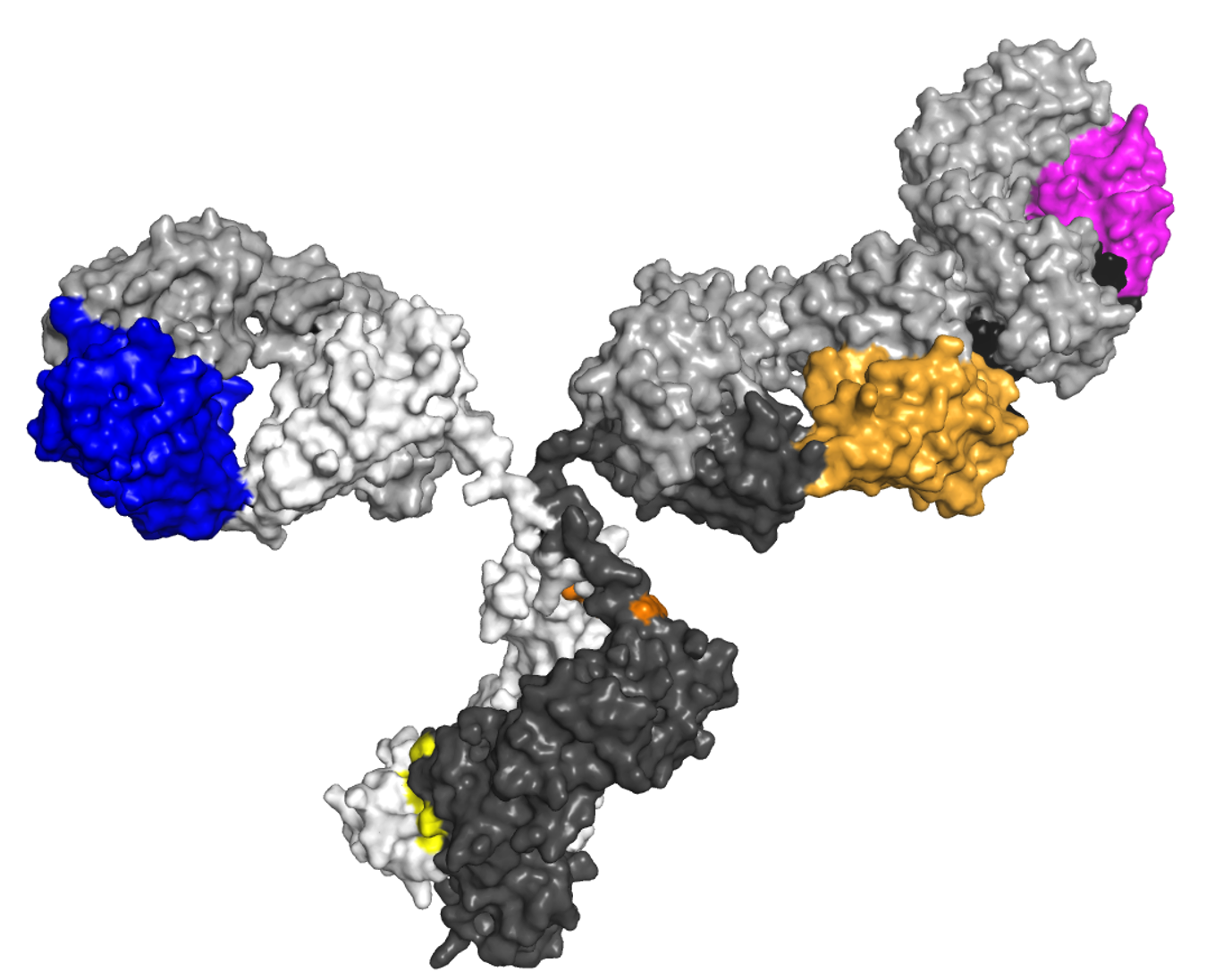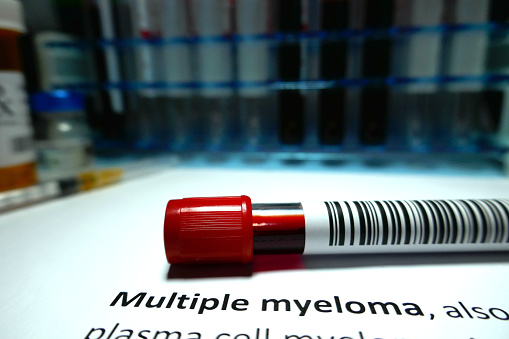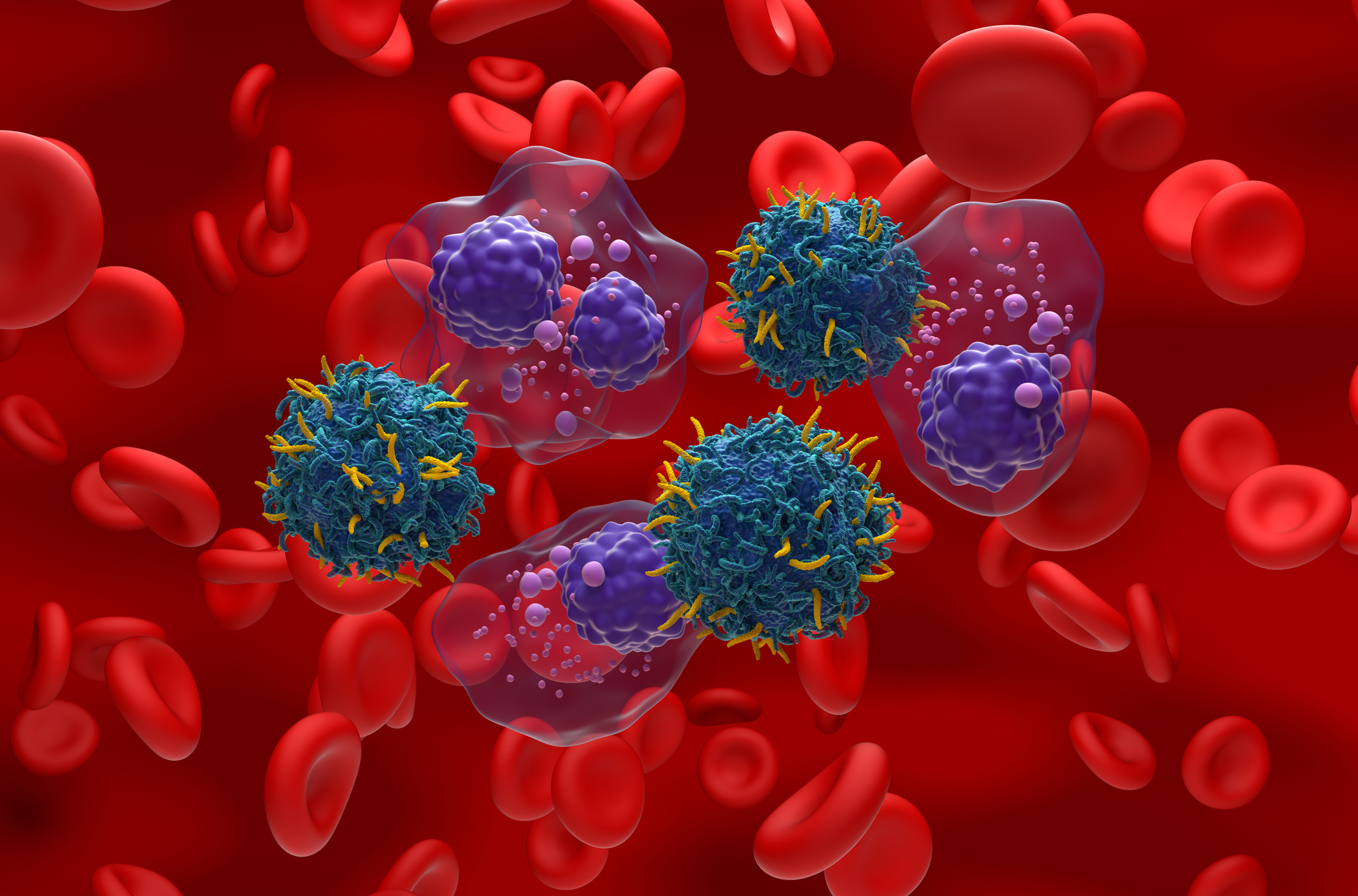
Incidence of multiple myeloma (MM) has more than doubled globally since 1990, according to an analysis published in BMC Cancer.
In order to evaluate the global disease burden, the investigators utilized 2019 data from the Global Burden of Disease study to calculate incidence, mortality, and disability adjusted life-years associated with MM. These figures were compared with MM incidence data from 1990, obtained via the Global Health Data Exchange query tool.
Trends in Multiple Myeloma Cases
There were 155688 recorded cases of MM worldwide in 2019 (95% uncertainly interval [UI], 136585–172577). This figure was 1.36 times higher than in 1990 (65940; 95% UI, 155688–74058). The median age at diagnosis and death due to MM was 70 and 75 years, respectively.
More than half of cases (54.3%) in 2019 were in males. The age-standardized incidence rate of MM was 1.72 cases per 100000 persons (95% UI, 1.59–1.93) in 1990 compared with 1.92 cases per 100000 persons (95% UI, 1.68–2.12) in 2019.
Cases of mortality due to MM rose from 51,862 (95% UI, 47710–58980) in 1990 to 113474 (95% UI, 99527 – 121735) in 2019. The age-standardized death rate was 1.39 cases per 100,000 persons (95% UI, 1.28–1.58) in 1990, compared with 1.42 cases per 100000 persons (95% UI, 1.24–1.52) in 2019. According to the researchers, mortality incidence has shown a steady trend among men since 2005, and a downward trend among women.
“The men to female ratio of incidence and mortality peaked at 25–29 years and 95+ years. This phenomenon has not been completely clarified,” wrote the authors.
The proportion of incidence and death in patients aged 70 years or older increased to 49.53% and 56.11%, respectively, in 2019, which “may be due to the aging population.”
Worldwide Burden of Multiple Myeloma
In order to compare regional MM burden, the investigators classified data according to geographic region, and stratified countries according to the socio-demographic index (SDI), which accounts for factors such as national rates of fertility, per capita income, and education.
In 2019, countries with higher SDI showed greater MM incidence and mortality compared to countries with lower indexes. Myeloma incidence was highest in Australasia (5.33 cases per 100000 persons) and high-income regions in North America (4.8 cases per 100000 persons). Central Latin America, Eastern Europe, and Tropical Latin America had the largest increase in MM incidence from 1990 and 2019.
According to the authors, limitations of the study include the use of summary metrics, and the lack of patient family history, gene mutation factors, and endocrine risk factors, among others. In addition, “this study did not examine the modern therapies for 21 world regions and 204 countries and territories from 1990 to 2019 and explored the association between modern therapies and the trend of MM burden.”
In conclusion, the authors wrote, “Globally, incident and death MM cases have more than doubled over the past 30 years. The increasing global burden may continue with population aging, whereas mortality may continue to decrease with the progression of medical technology. The global burden pattern of MM was diverse, therefore specific local strategies based on different burden patterns for MM are necessary.”






 © 2025 Mashup Media, LLC, a Formedics Property. All Rights Reserved.
© 2025 Mashup Media, LLC, a Formedics Property. All Rights Reserved.